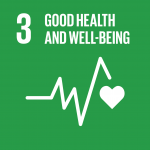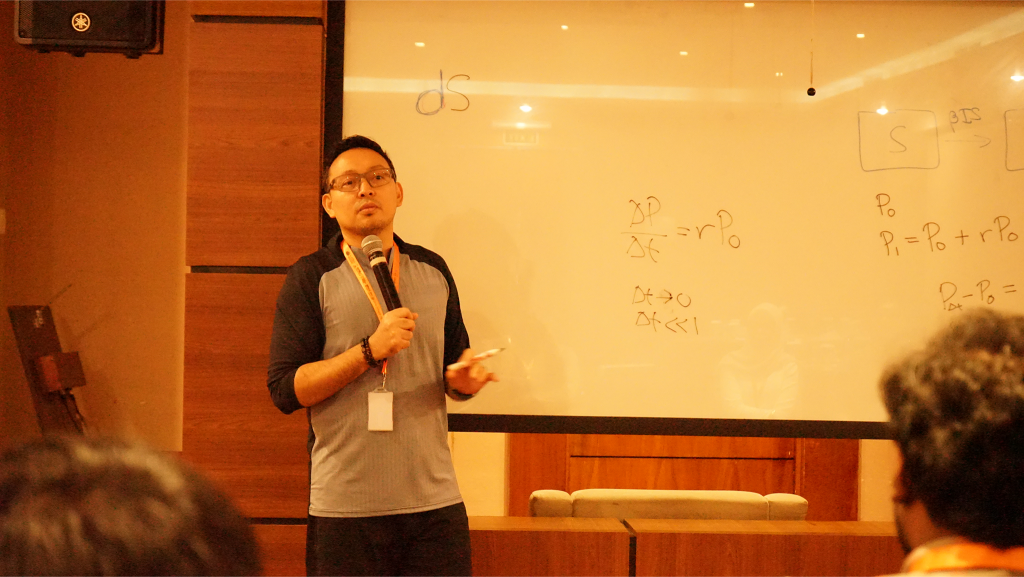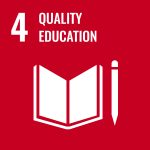Yogyakarta, June 24, 2025 — The “Modeling 101” session, part of a series of regional epidemiology training courses, was successfully held at the Arjuna Room, Alana Hotel Yogyakarta. The event was attended by 13 participants from various countries, including Indonesia, the Philippines, Japan, and Thailand. The participants came from diverse backgrounds, including academics, researchers, representatives from the World Health Organization (WHO), and students.
The session featured three main presenters: Dr. Hannah Clapham, an assistant professor from the Saw Swee Hock School of Public Health; Prof. Jomar Fajardo Rabajante from the University of the Philippines Los Baños; and Dr. Wirichada Pan-Ngum from the Mahidol-Oxford Tropical Medicine Research Unit (MORU). The three speakers presented complementary material on the basics of modeling in infectious disease epidemiology.
The opening material was presented by Dr. Hannah Clapham in a lecture titled “Concepts in Infectious Disease Epidemiology and Modeling.” She highlighted how mathematical and computational modeling plays an important role in understanding the spread of infectious diseases and designing control strategies. Clapham explained that models are not merely theoretical but depend on how one views the system being studied—whether to understand transmission patterns, the effectiveness of interventions, or predict future disease dynamics.
She emphasized the importance of incorporating information such as contact tracing data, contact duration, and social structure into models. This can influence the calculation of transmission rates and the formulation of prevention strategies. The incubation period and basic reproduction number (R₀) are explained simply: if one person is infected, how many others are likely to be infected. By understanding these elements, modeling becomes an important tool in designing effective interventions.
After the main lecture, participants were divided into small groups to participate in interactive discussion sessions. In these sessions, two selected groups presented the results of their discussions on the formation of mathematical models based on ordinary differential equations (ODEs). Natthaprang Nittayasoot from Thailand presented the formation of ODEs from the SIER model, which expands the SIR model by adding an “exposed” compartment. Meanwhile, Ye Win Thein from the Philippines presented an ODE model specifically designed to describe the dynamics of Zika virus transmission.
The three presenters provided direct guidance throughout the discussion. They actively moved from one group to another to offer feedback and answer various technical questions from the participants. The discussion was lively and collaborative, with each group presenting their findings clearly and analytically.
Participants demonstrated high enthusiasm throughout the session. They not only understood the material presented but were also able to apply it directly through modeling exercises. Many participants noted that this discussion- and practice-based learning approach was highly effective in understanding concepts previously considered complex.
With the conclusion of the “Modeling 101” session, participants are expected to have a stronger understanding of how models can be used to map disease spread and support evidence-based public health policies.
 Keywords: MIDSEA, Modelling, Infectious Disease Modelling
Keywords: MIDSEA, Modelling, Infectious Disease Modelling
Author: Leniy Eka Watiy
Photo: Lucetta Amarakamini


